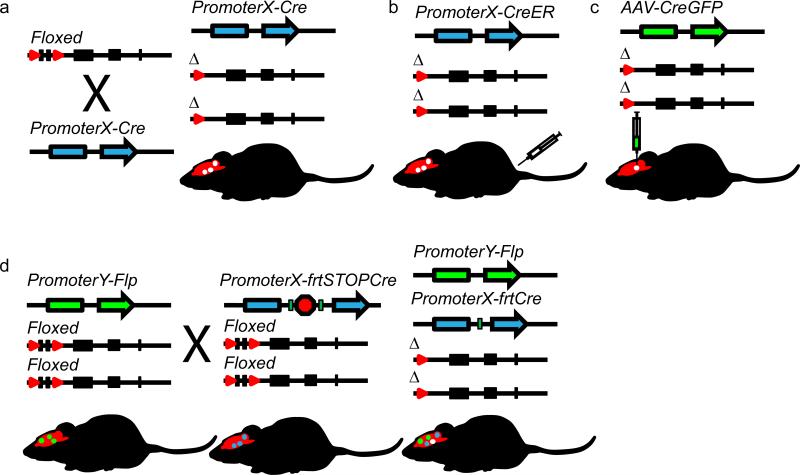Figure 2. Mouse genetic approaches to study gene necessity in the nervous system.
Cell-selective gene inactivation (a) can be achieve by crossing a mouse with a floxed allele (top left) to a mouse with Cre expression driven by a cell-specific promoter (bottom left). Temporal regulation of gene inactivation (b) is frequently accomplished by using mice with a floxed allele on an inducible Cre background (CreER) driven by a select promoter. When injected with Tamoxifen, the CreER translocates to the nucleus to mediate gene inactivation. Regionally restricted gene inactivation in mice with a floxed allele can be achieved by site-specific viral vector delivery of Cre (c). Finally, a theoretical combinatorial recombinase-based approach (d), illustrates a mouse with a floxed allele on a Flp background, with Flp expression driven by promoter Y (left). A second mouse (middle), with the same floxed alleles, carries a Cre gene driven by promoter X and regulated by an frt-STOP cassette (frt sites are the Flp equivalent of loxP sites). Crossing these mice yields offspring (right) with inactivation of the floxed allele only in the intersectional population of cells with expression driven by both promoters X and Y.

